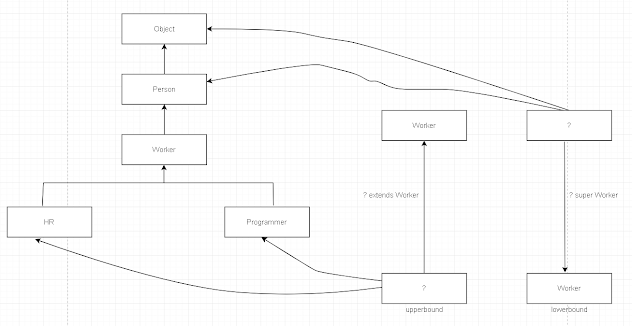GIT - Bogdan Stashchuk
1. Shell commands -> mkdir - make directory -> ls - list files and directories -> cd - change directory -> . - alias of the current directory -> .. - alien of the parent directory -> pwd - prints path for the current directory -> open . - opens folder -> touch - create new file -> > - write to the file -> >> - append to the file -> cat - list content of the file -> nano - edit file -> echo - print to terminal -> man - help on specific command -> rm - remove files and directories 2. How git works under the hood -> git init - create new git repository -> git add . - move file from untracked or modified stage to staged stage -> git commit -m "message" - move file from staged stage to unmodified stage -> if we change any file that is already tracked it will change its state to modified -> git status - we see status of files -> git rm --cached text3.txt - onstage file, remove file to untagged area 3. Git bra...
